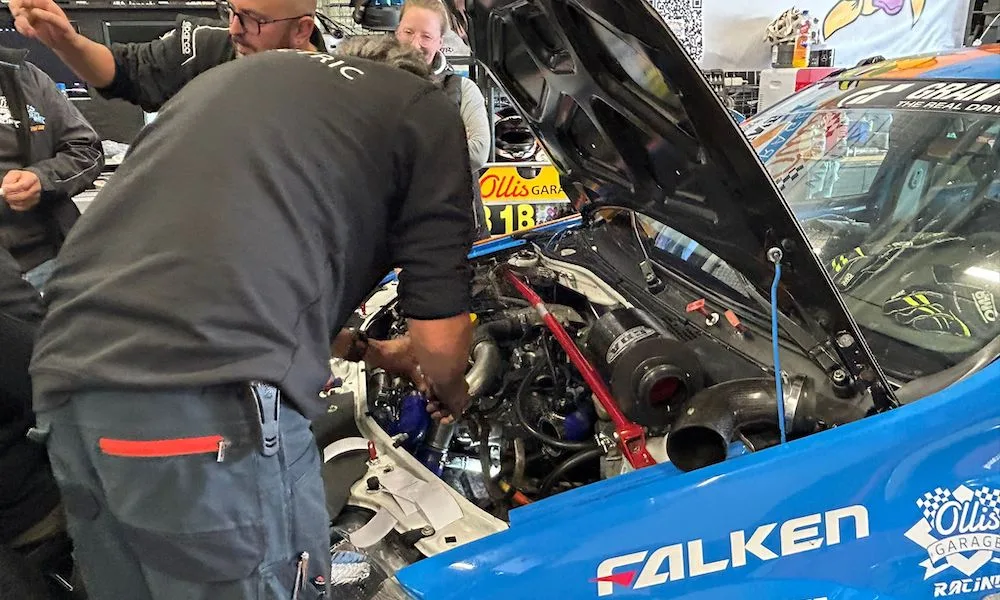Usually, the slowest car in a motor race isn’t worthy of mention. But the back markers at the Nürburgring 24 Hours have attained cult status in recent years for the welcome novelty they bring to a race headlined by GT3 cars with factory drivers. The ‘foxtail’ Opel Manta is perhaps the most famous example of the genre, but after 24 editions it has been put into semi-retirement, moving on to the less intense pastures of the ADAC 24-Classic support race. That has passed the N24 fan-favourite mantle over to a car with which the Manta shared that informal honour since 2021.
Ollis Garage Racing, a team based in the German city of Münster, is behind a Nürburgring racing version of the Dacia Logan, a cheap and compact four-door, front-wheel-drive road car. The first iteration could lap the 25.378km Nordschleife and GP combined circuit in approximately 11m 40s, almost four minutes slower than the top GT3 cars. It finished 98th and 88th overall on its first two N24 attempts (out of 121 and 135), but last year the car was destroyed in an accident with Dinamic GT’s Porsche 911 GT3 R during the night. Many people, including those in the team, feared it would bring the popular programme to a premature end. But after an outpouring of fan support and a fundraising drive, a new Logan racer soon emerged, keeping the flame of the N24 back marker burning bright.
The new Dacia Logan racer produces 280bhp compared with the 200bhp of its predecessor, thanks to a turbocharged 2-litre front-mounted engine derived from a Renault Megane S. Ollis Garage would have been happy to continue with their previous Renault unit, but it couldn’t source a replacement block after the crash, along with most of the parts.
The team then held discussions with the N24 race organisers to prove that its new turbo set-up was eligible. They were initially questioned over whether the same Logan road car chassis type came with a turbocharged variant. After some research, Ollis Garage found that such a power plan had been produced in some markets outside of Europe, including Brazil. That gave it grounds to run the 2-litre Megane arrangement. The turbocharger has a boost pressure range from 0.8-1.65mb and is adjustable through a control setting in the cockpit. Adding the turbo resulted in the Logan project moving from the SP3 class to SP3T.
The increased power from the new engine also brought…
Click Here to Read the Full Original Article at Racecar Engineering…

